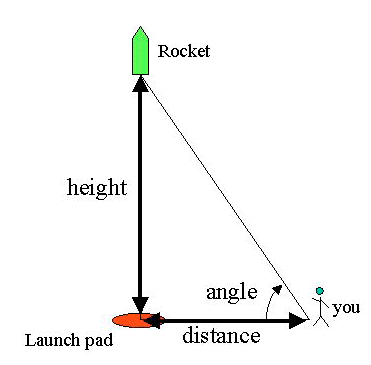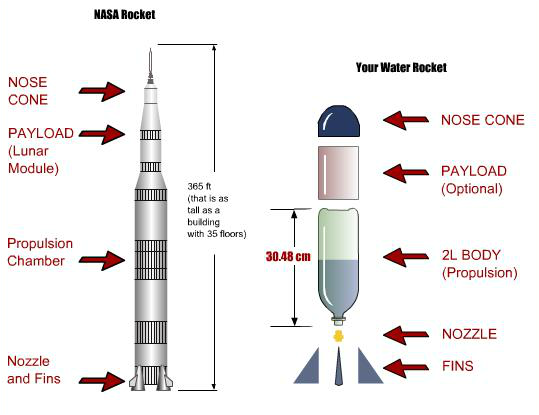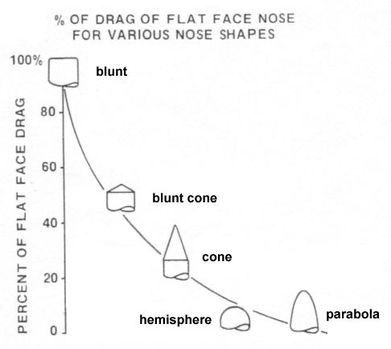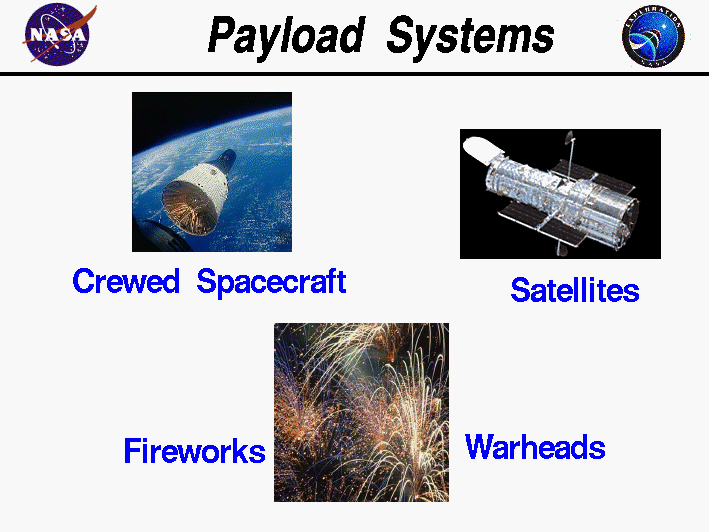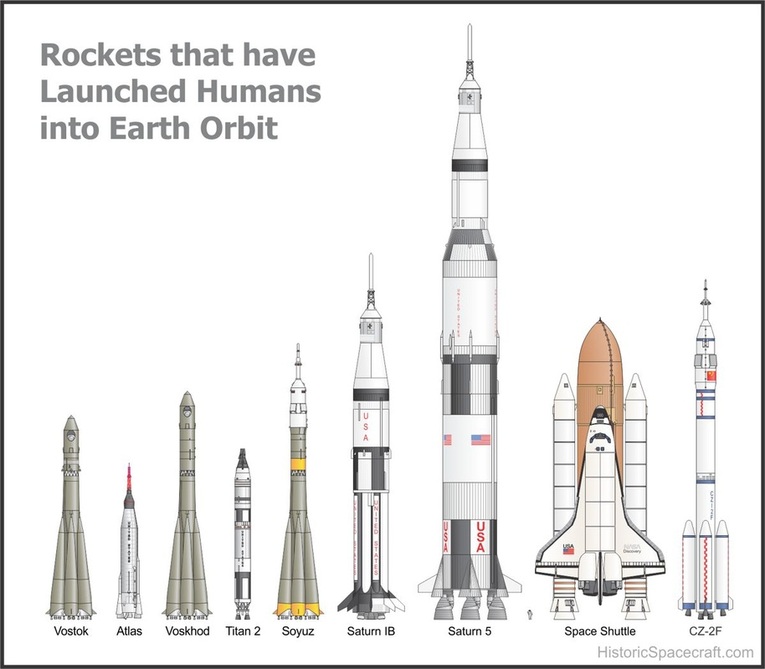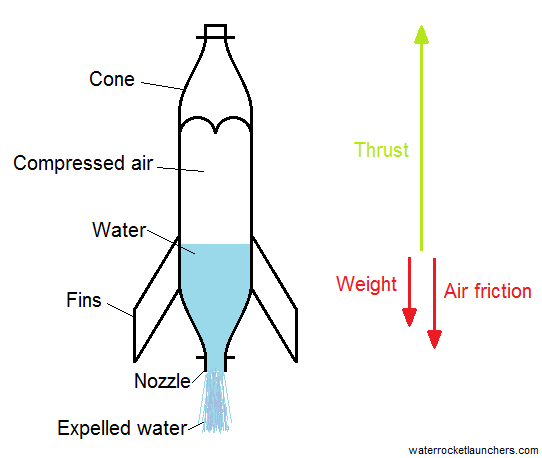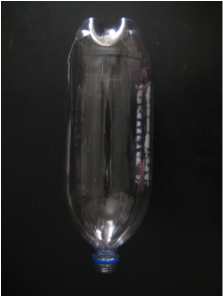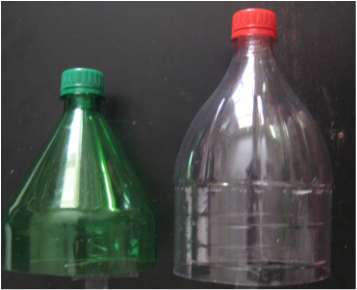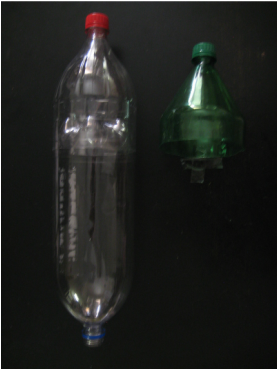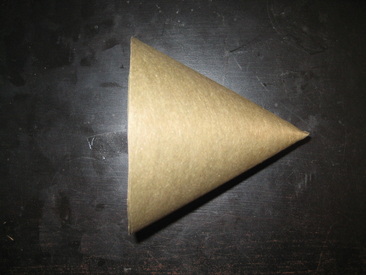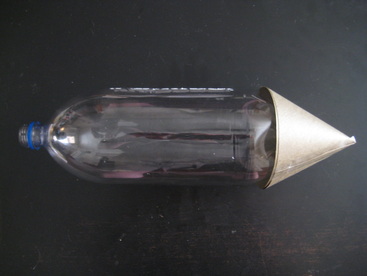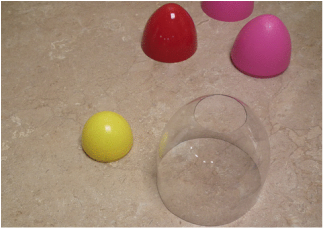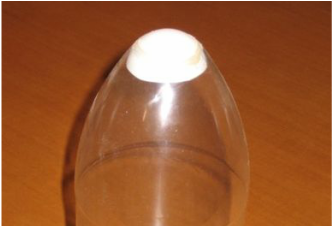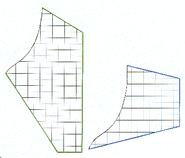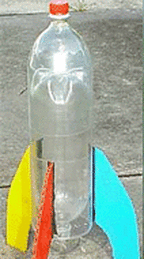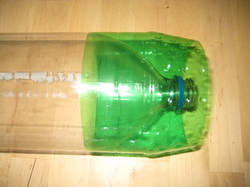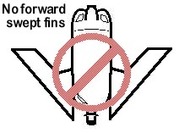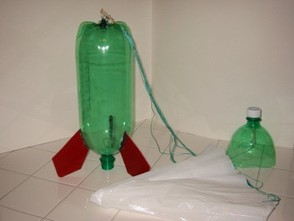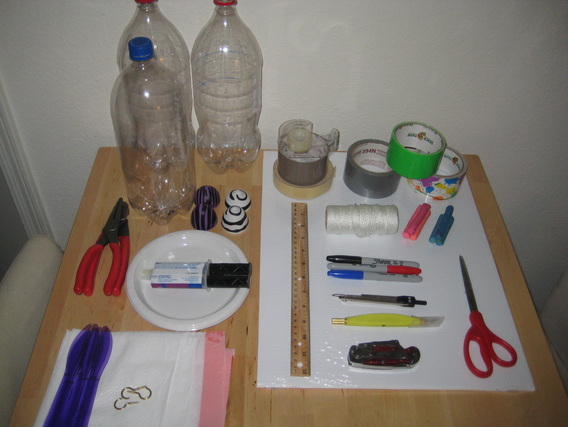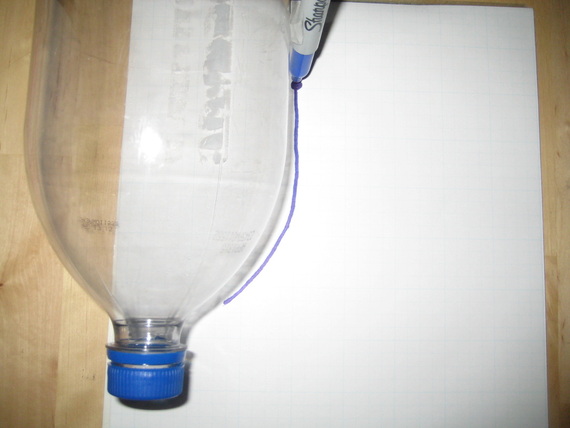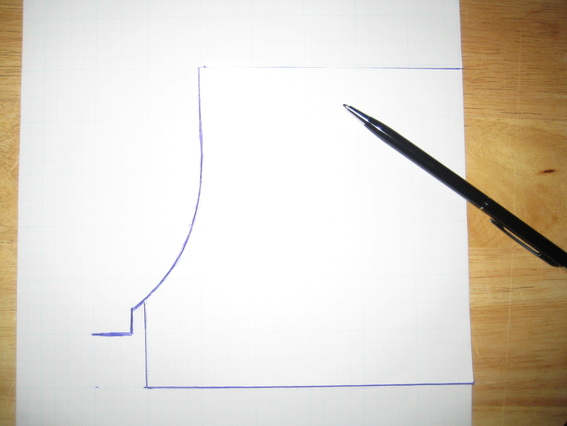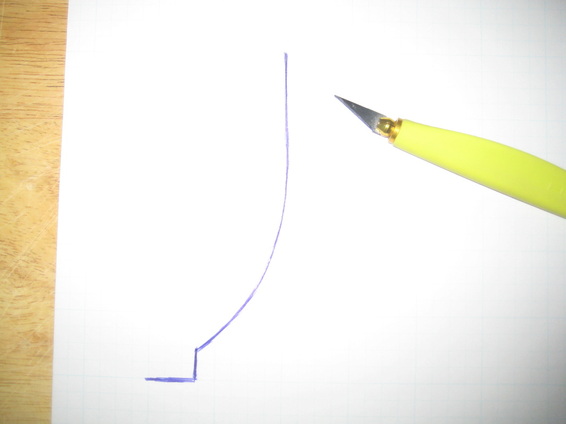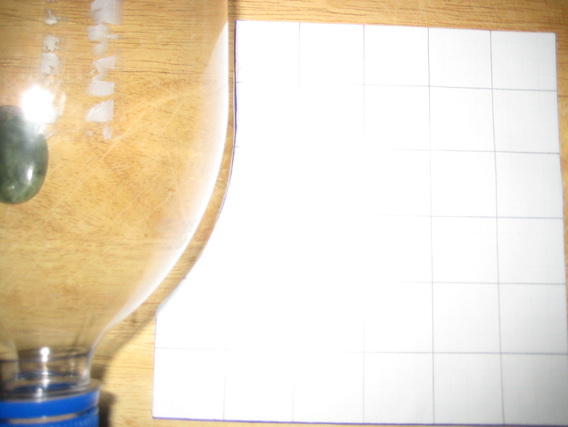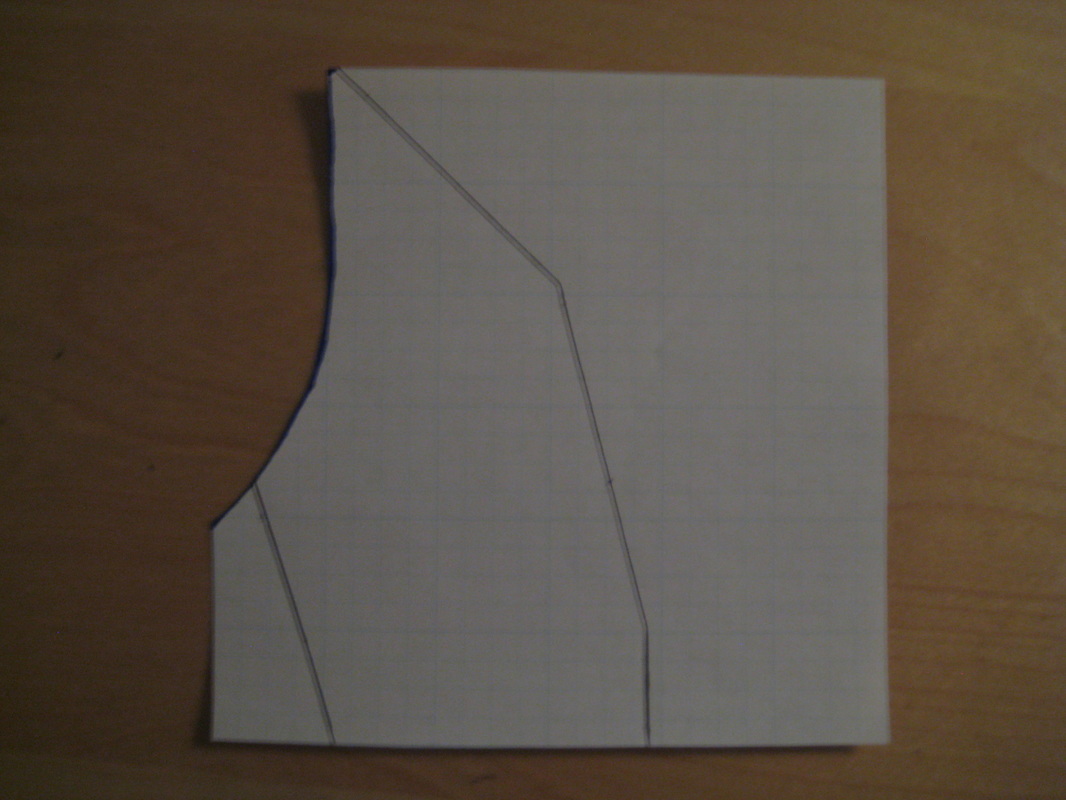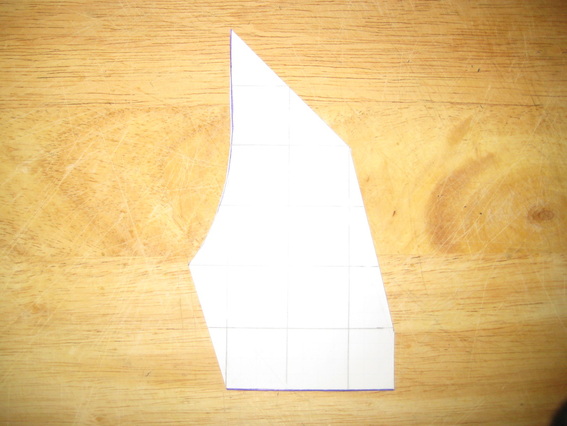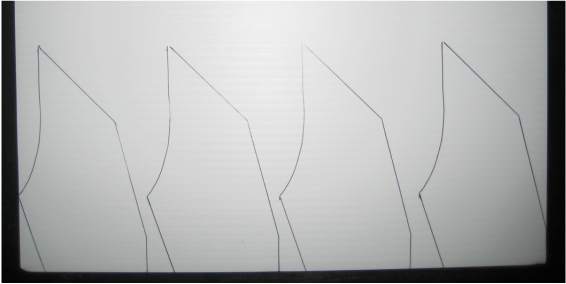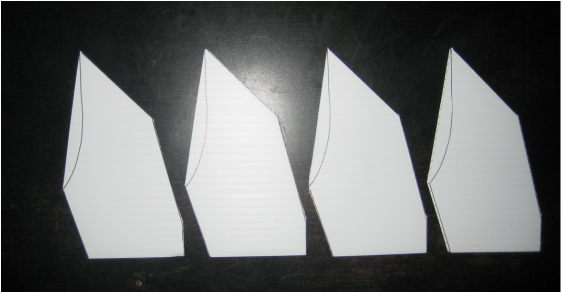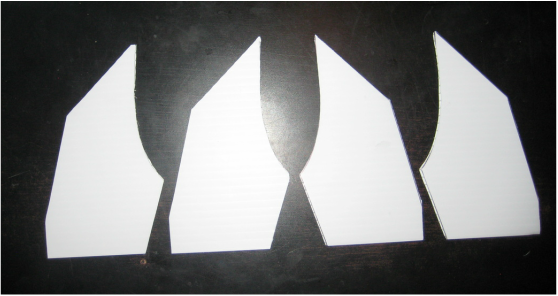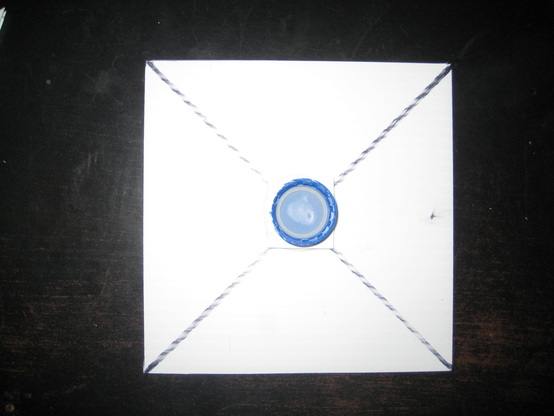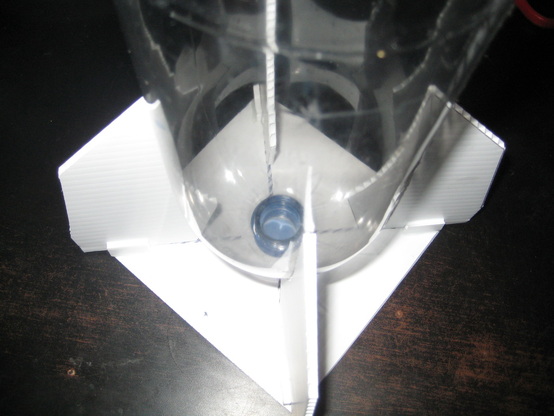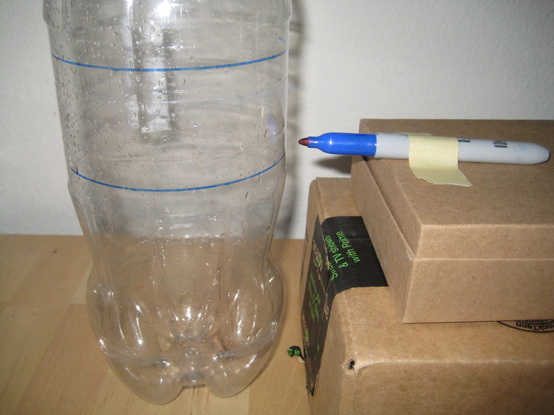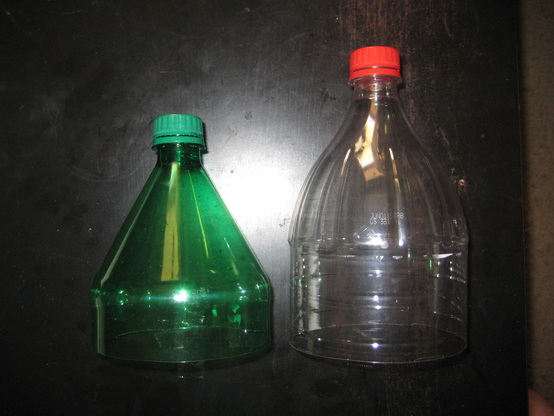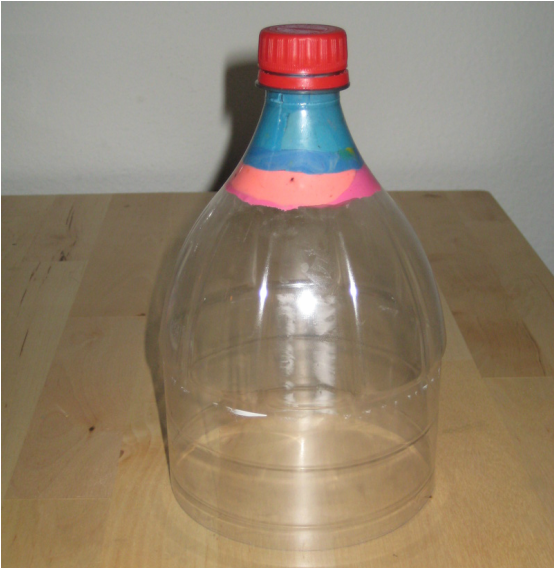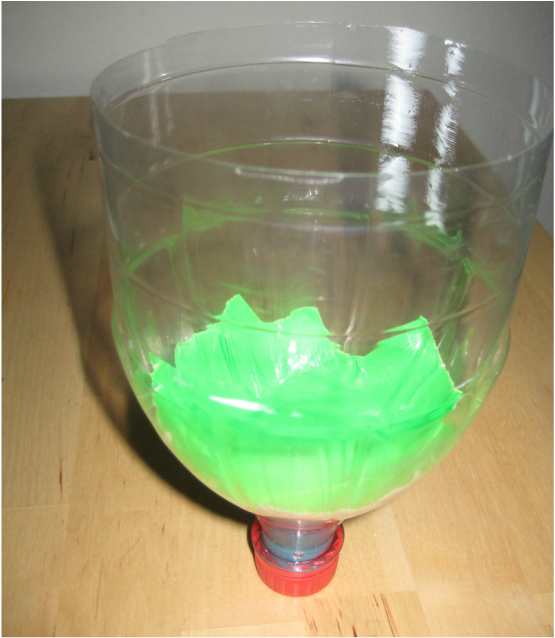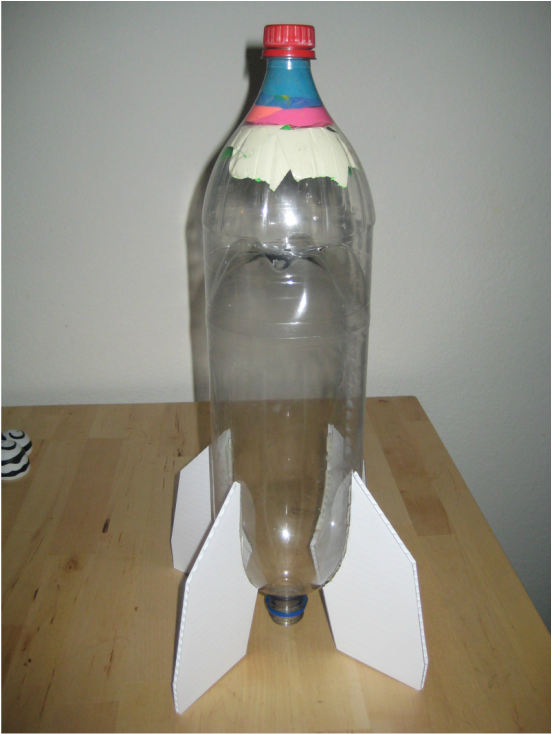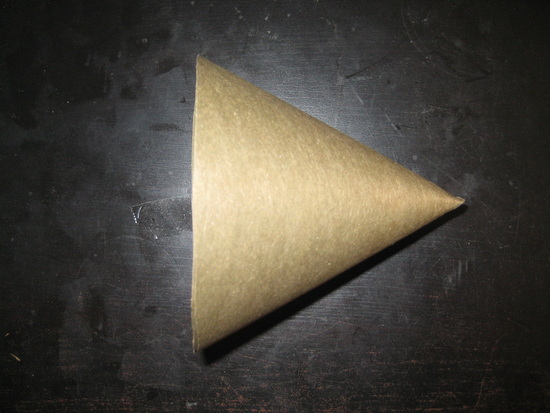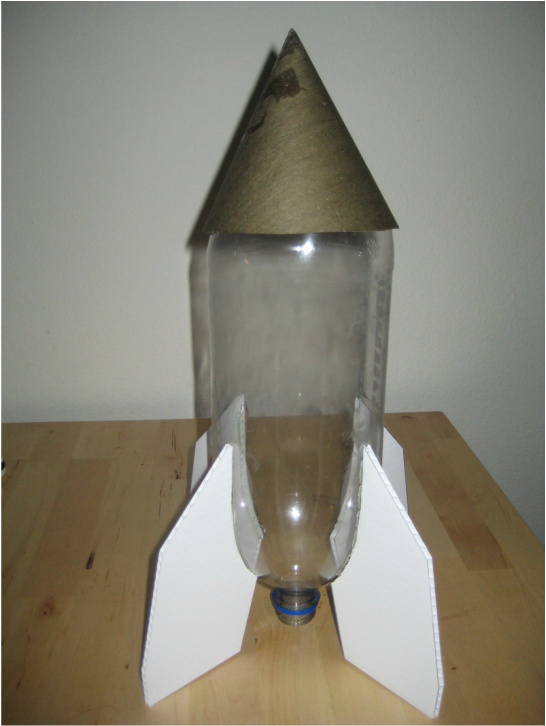Unit 4.3 – Rocket Technology
ROCKET TECHNOLOGY
Throughout this lesson we will be learning about and building rockets. Some rockets use solid fuel like the boosters on the space shuttle or in smaller model rockets, while others use liquid fuel. Liquid fuel, or liquid propellant, rockets usually contain a type of fuel and an oxidizer stored in separate tanks. When the two are combined and ignited, the resulting burn creates thrust which pushes the rocket upward. Since the flow of the propellant can be regulated in a liquid fueled rocket, the engines can be throttled, stopped, and restarted. The rockets you will be building will be propelled using a liquid fuel (water) and compressed air.
SPACEX ACTIVITY!
*STOP HERE*
Re-use! Re-use! Re-use!
SPACEX focuses on reusable rockets. To save our environment, our money, and our planet! We will also be building re-usable rockets.
Over the next few lessons you will learn about how rockets work, what parts make up a rocket, and how the various parts, depending on how they are combined, make a water bottle rocket fly up several hundred feet, or just spin out of control and crash.
For every action, there is an equal and opposite reaction. If you build it well, it will likely fly well.
The final design is in your hands.
http://waterbottlerockets.weebly.com/
What Makes a Rocket?
|
Nose Cone |
|
Payload |
The propulsion chamber of a rocket houses the propulsion system. It contains all the parts that make up the rocket’s engine; tanks, fuel, pumps, combustion chamber, and nozzle. Most liquid propelled rockets have two tanks; one for the fuel and one for the oxidizer necessary for the fuel to burn (since there is no oxygen in space). The pumps feed the fuel and oxidizer into the combustion chamber where they are mixed and exploded. This explosion, or combustion, produces hot exhaust which is passed through the nozzle and produces thrust. The more thrust the propulsion system produces, the heavier the rocket can be and the faster it can fly.
The fins of a rocket provide stability during flight. They help the rocket maintain its orientation and intended direction of flight. If a typical amateur rocket was launched without fins, it would soon begin to tumble. This is caused by the way aerodynamic and other forces (such as wind) act upon the rocket in relation to the forces that are exerted upon the rocket by the motor and by gravity. The fins also add drag to the end of the rocket like the feathers on an arrow that help it fly straight.
Note: Most modern rockets can pivot their exhaust nozzles to provide stability and control. Modern full scale rockets do not rely on aerodynamics for stability and therefore usually do not have fins.
The Build
Water Bottle Rockets can have various designs of varying complexity. The most basic bottle rocket will consist of a body made from a soda or pop bottle and fins. Adding a nose cone can greatly reduce resistance and provide an area to add a little weight to help stabilize the rocket in flight. More complex designs can include gravity operated recovery systems, wind flap operated recovery systems, and even electronically controlled recovery systems.
|
1. One of the most important parts of the water rocket is the pressure chamber (2 liter soda (pop) bottle). It is the main part of your rocket and will hold the water and compressed air used for propulsion. It is very important the pressure chamber never be cut, poked, punctured, or damaged in any way. If the pressure chamber cannot hold pressure, your rocket will not fly. |
2. The first part of the rocket that meets the oncoming air is the nose cone. The nose cone affects drag. Drag (or air friction) is the aerodynamic force that opposes the rocket’s path through the air; the rocket’s thrust pushes it up, drag along with weight, try to slow it down. The smaller the surface area of the nose or nose cone, the lesser the drag. The term Coefficient of Drag (Cd) is used when measuring the amount of drag an object has. Flying a rocket without a nose cone will greatly increase drag and not allow the rocket to fly higher.
Here are some simple ideas for creating a nose cone for your water rocket:
|
“Bertha Series” Nose Cone
A simple but effective nose cone is called the “Bertha Series” nose cone. These are made by cutting the top off a spare bottle with scissors and attaching it onto the pressure chamber. Remember, never cut the pressure chamber. |
Depending on your design, you can make the nose cone taller or shorter.
|
Another option for a nose cone is to make one out of stiff paper like cardstock or a class folder. Cut out a semi-circle and roll it together into a cone. It will look something like the pictures below.
If you want your nose cone to have a more rounded shape, using a ping pong ball or plastic egg glued inside the cut off mouth of a second bottle works well. Use the same method as above, but you will make a second line and cut to remove the mouth and neck of the spare bottle. Be careful your second cut does not make an opening larger than the ball or plastic egg you are using.
|
3. Fins control direction and stability. The stability of a rocket keeps if flying through the air pointed in the right direction. Without fins the rocket will wobble and tumble. Just like the feathers at the end of an arrow, the fins, with greater drag, keep the fins at the back and the nose at the front. It is also important to remember Center of Gravity and Center of Pressure to determine size and placement of fins.
Rocket fins should be stiff and not flop around. If the fins come off during the stress of launch they will not help your rocket fly straight. Some designers prefer using glue to attach fins, while others prefer tape. Many types of glue do not expand when pressurizing the pressure chamber. If the glue cracks, the fins can come off during launch.Another option, that requires a little more work, is to make a skirt to extend the bottom of the bottle around the nozzle. This allows for more surface area to attach the fins as well.Your rocket should have a minimum of 3 fins. There is no maximum number of fins, but the more fins, the more drag your rocket will have. More drag means less altitude. Most people choose 3 or 4 fins. Be creative when designing your fins. |
4. Keeping the weight down is important. The lighter the rocket, the higher it will fly. However, it is often necessary to add a little weight to the nose of the rocket to move the Center of Gravity (CG) forward, thus increasing stability.
|
5. Parachutes, while necessary for most real rockets if the payload is to be returned to Earth safely, can be a fun addition to your water rocket. Making the parachute is relatively simple. Just a few basic materials are needed: Tall kitchen garbage bag (preferably unused), Scotch Tape, kite string or yarn, and baby powder. As a water rocket usually does not contain any mechanical or electronic parts, deployment of the parachute can sometimes be hit or miss. Details regarding parachute construction can be found on the next page.
Remember: NEVER puncture the pressure chamber. |
Rocket Simulators
Before you build your rocket. Try to simulators to help you decide what designs might work best.
https://myriverside.sd43.bc.ca/akang/2018/01/08/rocket-simulators-2/
|
Part 1 – Materials and Nose Cone
http://safeshare.tv/w/OiBxGUXWpZPart 2 – Wind-flap and Anchor http://safeshare.tv/w/PlobZAxgxAPart 3 – Parachute Attachment http://safeshare.tv/w/ZPWSWBnJbg |
Part 4 – Making the Parachute
http://safeshare.tv/w/CWpZiOHHmfPart 5 – Arming Deployment Mechanism http://safeshare.tv/w/XUTlkcbVFtPart 6 – Constructing Fins http://safeshare.tv/w/iJnTAshRtg |
Below are the materials necessary to build various rockets, including one with a parachute recovery system. Your rocket may not require all materials pictured below.
|
Required Materials: At least one 2 liter soda bottle |
Additional Materials: Extra soda bottle(s) |
|
The Fins: Since the bottom of the bottle rocket is curved, for the fins to attach to the side better, you will need to make a template. |
|
Align each fin carefully with the marks on the fin alignment jig. Attach the fins to the pressure chamber using glue (using hot glue could melt the chamber). This will hold them in place during the build. Before launch, use strips of duct tape to strengthen the attachment of each fin (place 1/2 width strips of duct tape on each side of fin/chamber where they touch). Remember: NEVER puncture the pressure chamber. |
|
If you are not going to include a recovery system (parachute, streamer), the nose cone can be attached to the pressure chamber using glue or Duct tape. |
Other Nose Cone Option
|
The “Bullet” Nose Cone Open a file folder flat onto your working surface. Use a compass to draw a circle with a diameter of approximately 20 to 25 centimeters right in the middle of the folder. Close the folder and cut out the semi-circle. When complete, open the folder and you will have a perfect circle. Make a cut from one edge to the exact middle of the circle. Wrap the cardboard around to make a cone shape. Check the size by test-fitting it on your rocket. When the fit is good, use glue and/or tape to hold the cardboard in the shape of a cone. |
Your rocket is ready to launch. After launching the rocket, you will need to record how high they go. Use the illustration below and Pythagorean theory to help solve your problem.
